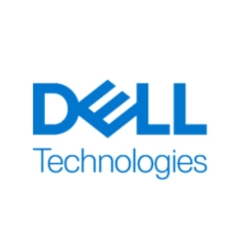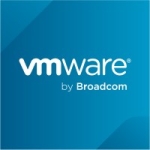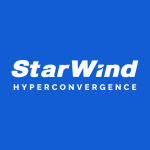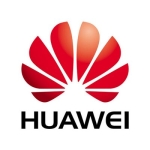We're using three nodes appliance.
VxRail is a hyper-converged infrastructure that delivers a solution with full performance. It's scalable and easy to maintain.
The replication capabilities have been great.
We find the solution easy to manage.
The product is user-friendly and easy to navigate.
We have had zero problems so far with this product. It's quite reliable.
There is good support on offer.
It's a very quick product.
Updating the product has been very easy. Often, they let us know that there is an update pending so we can expect it.
The features are very powerful.
There are a lot of great features on offer.
We've found the scalability to be very good.
The solution is stable.
The cost is quite high. It's a very expensive solution to run.
We purchased the solution originally in 2017. We've been using it for about four years or so at this point.
The stability of the product is great. We have not had any issues whatsoever and find it to be very reliable. The performance is good. There are no bugs or glitches. It doesn't crash or freeze.
VxRail is easy to scale out. That said, from 2017 until now we're using just three nodes. We haven't upgraded our VxRail to scale. Therefore, we haven't personally scaled.
Dell EMC support is very, very good. They offer lots of useful information and are very friendly. We find them to be helpful and supportive. We're quite satisfied with the level of service they provide. They offer very good after-sales support. YOu can even invest in premium support.
The product is very, very expensive, even when you are renewing. It's a problem for us as management is complaining about the price.
I'm a customer and an end-user.
I'd recommend this solution to others. It has a lot going for it in that the performance is good and it's reliable. They have great after-sales support and is generally easy to maintain. However, it is a very expensive option and a company needs to be prepared for the price tag.
I'd rate the solution at a nine out of ten, however, if the pricing was a bit more reasonable, I would rate it higher.
Overall, I'm very impressed with the product.














